No Part of this publication may be reproduced, stored in a retrieval system or transmitted in any form or by any means, electronic, mechanicial, recording or otherwise, without written permission of the publisher. For information regarding permission, write to Bob Books Publications at The digital edition first published by Bob Books Publications, LLC in 2013. Published in print in the USA by Scholastic, Inc. Copyright 2008 by Lynn Maslen Kertell. All rights reserved. Published by Bob Books New Initiatives, LLC.
Bob Books is a registered trademark of Bob Books Publications, LLC. Welcome to the World of My First Bob Books! Your child will progress through several steps as he or she builds a foundation for reading. My First Bob Books are designed to add fun and joy to learning, while drawing on early reading principles. As your child learns the alphabet, he or she moves through these steps: Realizing that written language represents spoken language Learning the names of the letters Realizing that letters represent sounds Learning which letters represent which sounds My First Bob Books Alphabet supports these stages of learning by offering: Phonetically consistent sounds This set uses short vowels (apple, not acorn) and hard consonants (goat, not giraffe), which are easier for young readers to master. Stories with alliteration Hearing the same sound at the beginning of words is fun and helps kids understand sound-to-letter relationships. Hidden pictures Other words for each letter are hidden in the illustrations for added fun.
Uppercase and lowercase letters Recognizing that A and a represent the same sound is an important pre-reading skill. 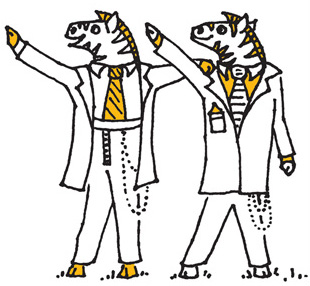 9 HINTS FOR HELPING YOUR CHILD LEARN THE ALPHABET Learning should be easy and fun. Here are some hints on how to build your childs alphabet skills. 1. Read to your child. Choose books that you both enjoy. Instill a love of books! 2.
9 HINTS FOR HELPING YOUR CHILD LEARN THE ALPHABET Learning should be easy and fun. Here are some hints on how to build your childs alphabet skills. 1. Read to your child. Choose books that you both enjoy. Instill a love of books! 2.
Be aware that the sound the letter represents and the name of the letter are different concepts. Teach the letter sound for C (cuh), as well as its name (cee). 3. Repeat the sound several times. When introducing letter B, say, buh, buh, bear. 4.
Play with tongue twisters . Giggle over six silly sheep or big bugs bit bears. 5. Let your child take a turn! Ask your child, What is that animal? What sound is at the beginning of its name? Let your child tell you the sound or letter. 6. Play sound games.
Say a sound and ask your child for words that begin with that sound. Mmmm. Moon, mop, man. Nonsense wordsmog, magoodleadd fun. 7. Use all the senses to learn.
Show your child how to trace the letters with his or her fingers. Build letters out of clay or pipe cleaners. Draw letters in sand. Say the sound while making the letter. 8. Go slowly. Go slowly.
Be willing to repeat word games until they are comfortable and familiar to your child. 9. Be sensitive to a young childs short attention span. Play learning games only while they are fun for your child, then stop. Dont worry, you can play again later. 2008 ISBN C-RD5-01921-4 CONTENTS 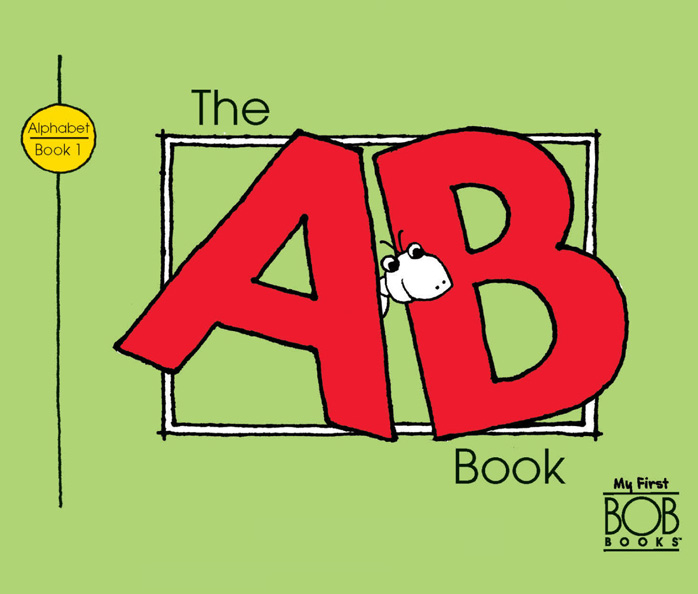
 by Lynn Maslen Kertell
by Lynn Maslen Kertell
pictures by Sue Hendra and John R.
Maslen 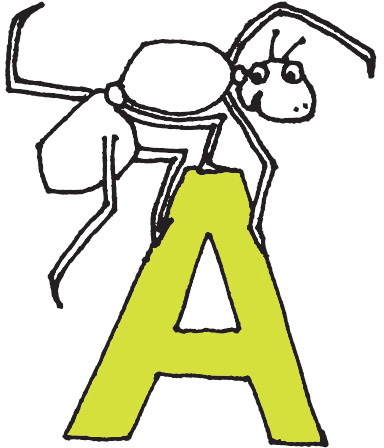 Ant
Ant 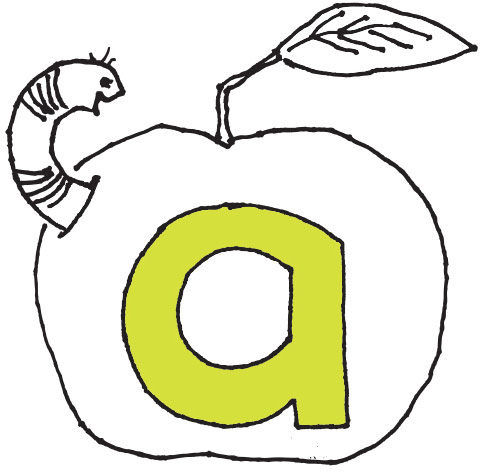 apple
apple  Alligators eat apples.
Alligators eat apples. 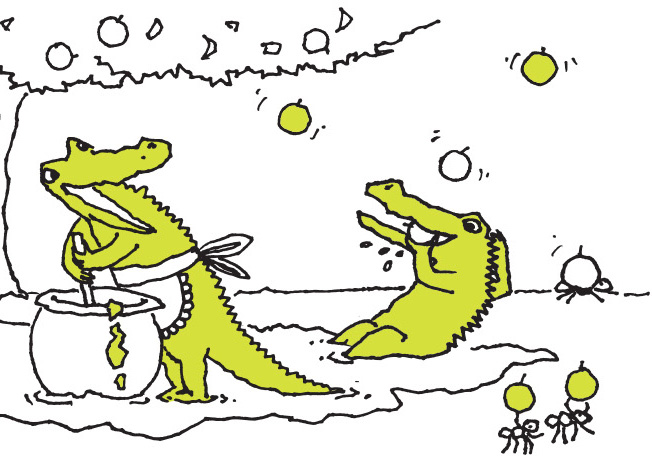 Applesauce!
Applesauce! 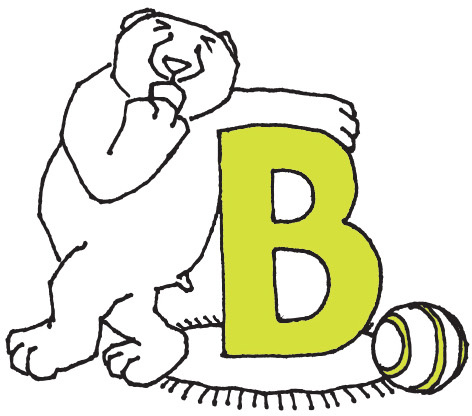 Bear
Bear  birds
birds 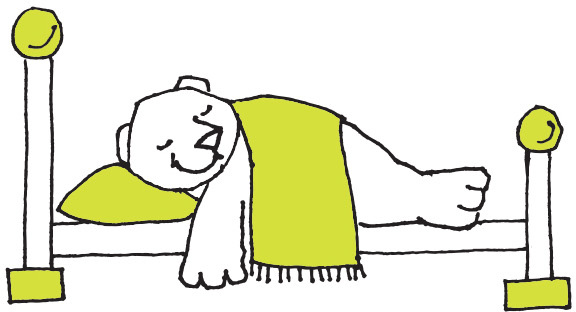 A blissful bear snoozes in bed.
A blissful bear snoozes in bed. 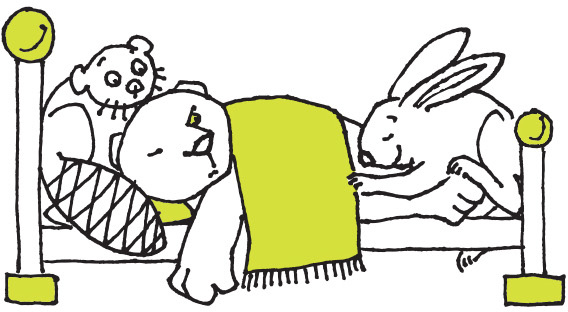 Is there room for bunny and beaver?
Is there room for bunny and beaver? 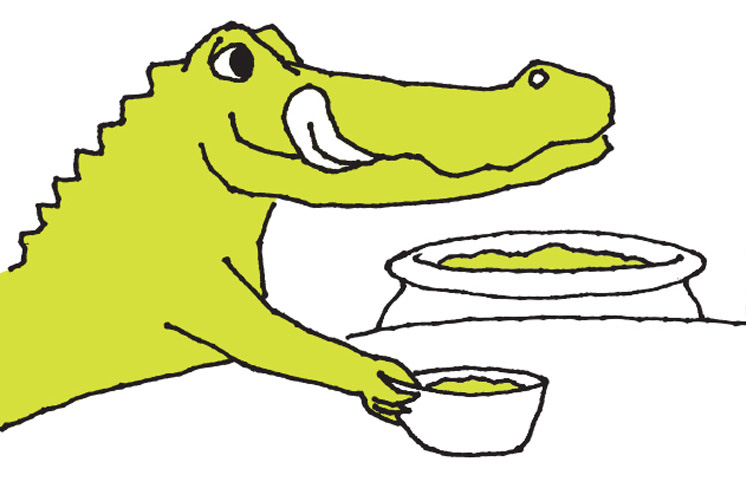 Alligator serves breakfast.
Alligator serves breakfast. 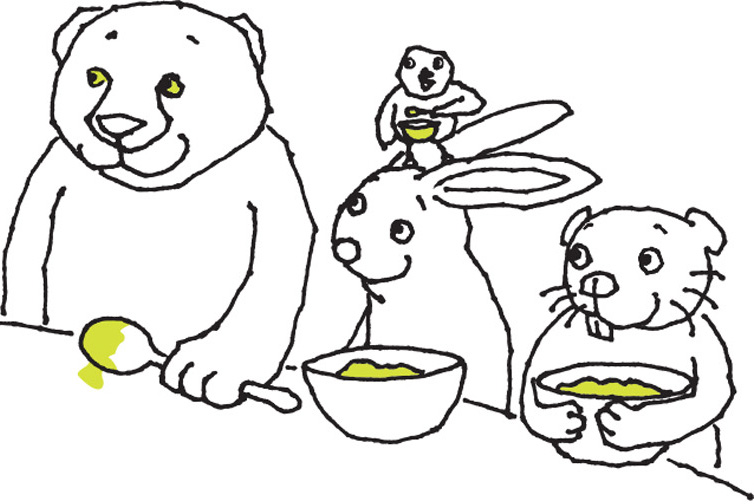 Applesauce for all!
Applesauce for all! 
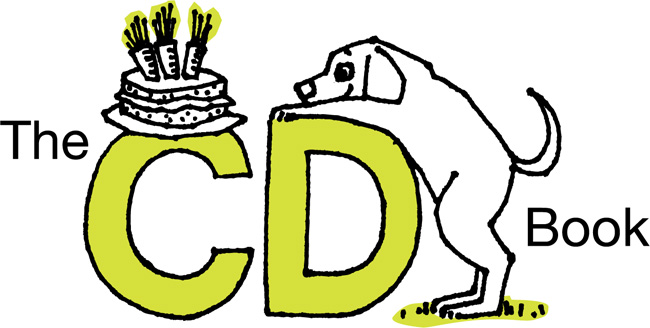 by Lynn Maslen Kertell
by Lynn Maslen Kertell
pictures by Sue Hendra and John R. Maslen  Cat
Cat  cow
cow 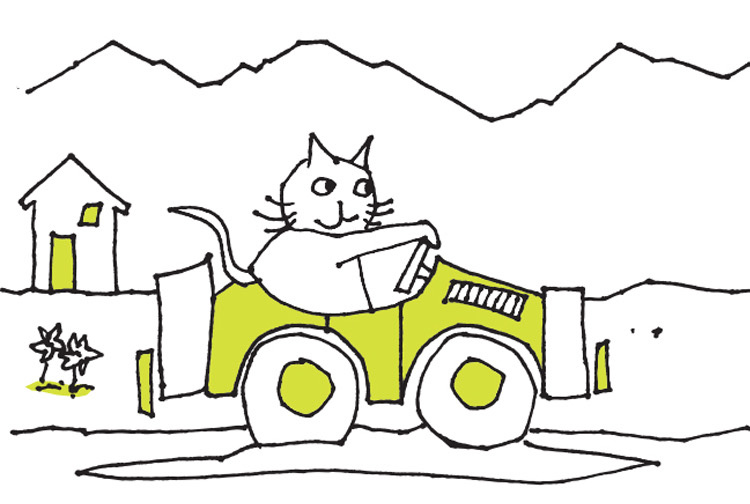 Would you care for carrot cake?
Would you care for carrot cake?  says cow to cat.
says cow to cat.  The carrot cake distracts the dog.
The carrot cake distracts the dog.  Delicious!
Delicious! 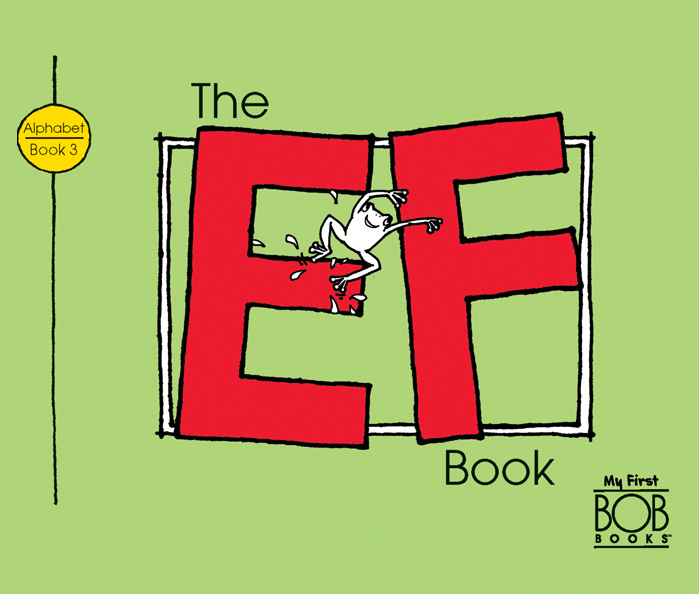
 by Lynn Maslen Kertell
by Lynn Maslen Kertell
pictures by Sue Hendra and John R.  Delicious!
Delicious! 


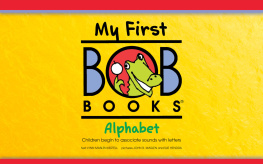
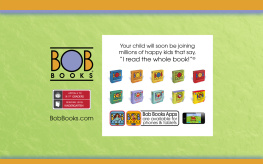
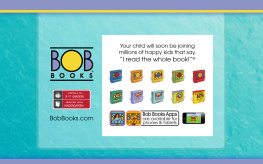

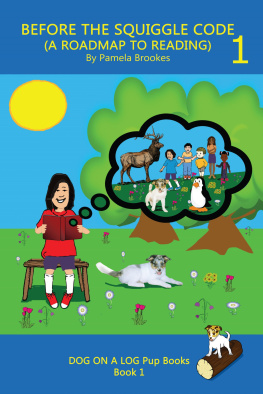
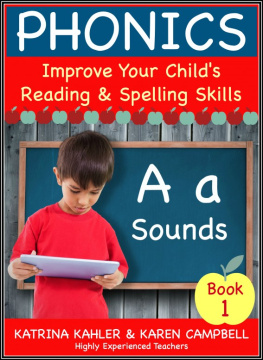
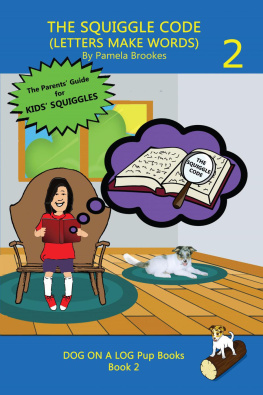
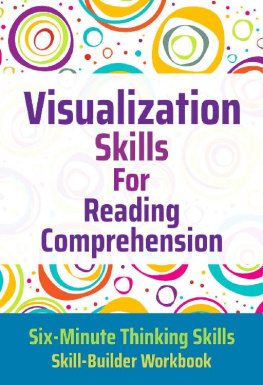

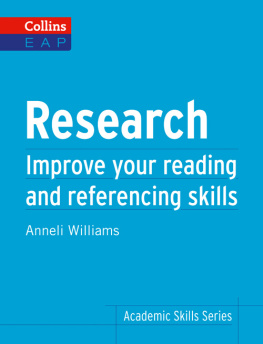


 9 HINTS FOR HELPING YOUR CHILD LEARN THE ALPHABET Learning should be easy and fun. Here are some hints on how to build your childs alphabet skills. 1. Read to your child. Choose books that you both enjoy. Instill a love of books! 2.
9 HINTS FOR HELPING YOUR CHILD LEARN THE ALPHABET Learning should be easy and fun. Here are some hints on how to build your childs alphabet skills. 1. Read to your child. Choose books that you both enjoy. Instill a love of books! 2.
 by Lynn Maslen Kertell
by Lynn Maslen Kertell Ant
Ant  apple
apple  Alligators eat apples.
Alligators eat apples.  Applesauce!
Applesauce!  Bear
Bear  birds
birds  A blissful bear snoozes in bed.
A blissful bear snoozes in bed.  Is there room for bunny and beaver?
Is there room for bunny and beaver?  Alligator serves breakfast.
Alligator serves breakfast.  Applesauce for all!
Applesauce for all! 
 by Lynn Maslen Kertell
by Lynn Maslen Kertell Cat
Cat  cow
cow  Would you care for carrot cake?
Would you care for carrot cake?  says cow to cat.
says cow to cat.  The carrot cake distracts the dog.
The carrot cake distracts the dog.  Delicious!
Delicious! 
 by Lynn Maslen Kertell
by Lynn Maslen Kertell